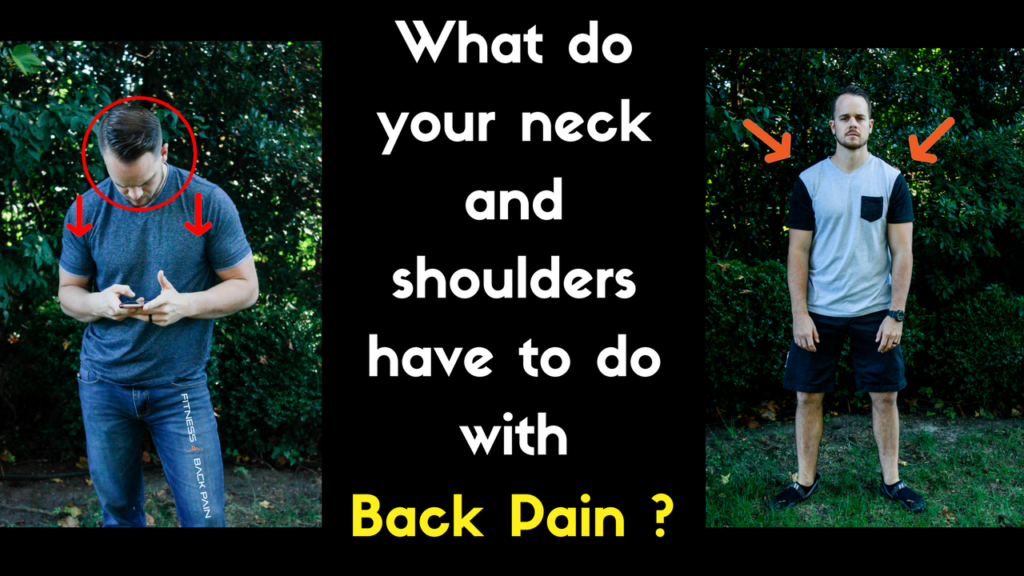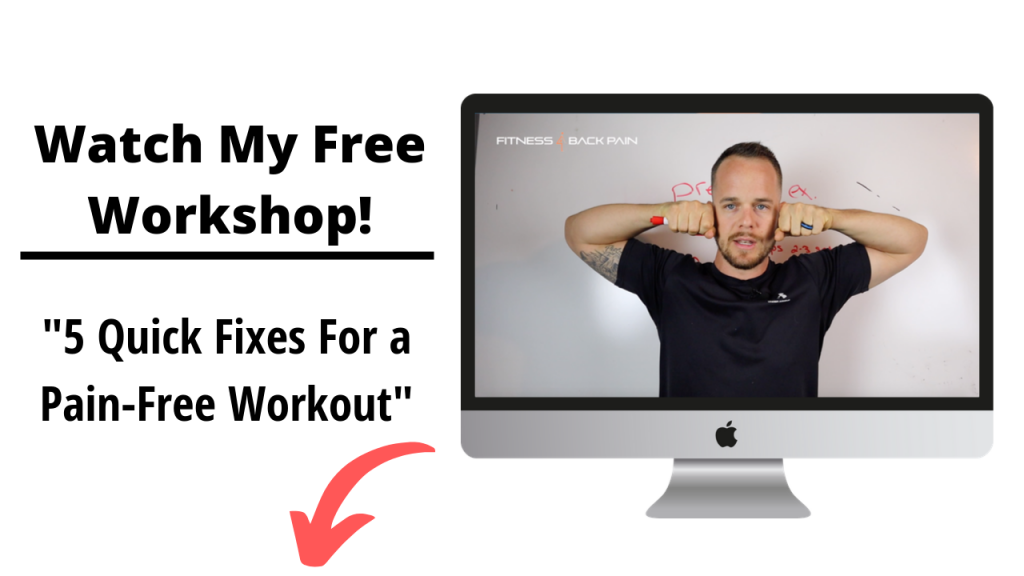
Rounded shoulders, text neck, forward head posture, scapular instability are all potentially caused by muscles that are overstretched and tight along with muscles that are “stuck” short and weak. This next segment of this series is going to cover exactly how to attack these dysfunctions head on. Today we are covering exactly how to correct your text neck issue along with your unstable shoulders and why all LBP suffers need to address these things if they want to see relief. It’s not so much the specific exercises that you pick but rather the amount of time you spend focusing on these issues. To see real change you need time. Most people will stick to mobilizing and strengthening for about 2 weeks and that’s when things start to fall apart. I want to show you how ot beat the status quo and stick to it long enough to see results.
In case you’re wondering if this article is even for you: Answer as many as you can.
Do you sit for most of your day?
Do you stand for most of the day?
Do you have lower back pain?
Have you had a fusion or any of lower back procedure?
Does your chest and shoulders feel tight when you draw your shoulders back and down?
If you answered YES to any of these, than I highly suggest you listen up.
Both correcting your forward head posture along with understanding and achieving a healthy level of shoulder stability is the next stage of the total movement make over we are doing here. If this is your first time here, three weeks ago we started a series covering the major starting points when it comes to correcting common movement and habit dysfunctions that play a big role towards combating lower back pain.
You can check them out here
Week 1:
We started with addressing how to turn off the muscles in your lower back while standing and sitting as well as correcting a common mistake we make with something we do EVERY SINGLE DAY.
Week 2:
The following week we covered how to breathe, brace and find your neutral pelvis when it comes to positioning your body in a way to not only promote healing but work more efficiently.
This week we are going to be attacking the most import issues you find between the top of your head to the bottom of your shoulder blades. The most common issues you find here are what is known as text neck or forward head posture and unstable shoulders. One of the most important skills when it comes to posture is being able to stack your head and neck over a secure and stable set of shoulders. You can’t just pull your shoulder blades back and call it a day. Let’s be honest, that will last you about 3 minutes then you are back to looking like the hunch back of Notre Dam. We have to release the tissues that need releasing and strengthen the muscles that are weak. This marriage will allow you to gradually move back naturally into a healthy stacked position with the help of you consciously making an effort to maintain good posture.
Fixing “Text Neck” (Forward Head Posture)
Let’s start from the head down.
Below is a video I want you to watch that is going to cover the muscles you need to address to reverse the tension you are building with your forward head posture. Not only am I going to show you what tools to use on which muscles but I am also going to show you easy to do exercises to help strengthen these supporting muscles.
Check it out.
If you’re looking to pick up the gear I am using in this video, below are few of my affiliate links to what I personally use.
How to get the most out of this video.
If you want to address this specifically over the next few months I suggest doing the tissue release 1-2 x a day with the strengthening work being done every day. I did a write up on correcting rounded shoulders which will give you even more info to follow as well as a printable program you can use. You can check that out here.
I ran into another pretty cool article by a Physiotherapist named Mark. I really enjoyed reading it and thought you would benefit from it as well. He also goes into more detail on fixing a forward head carriage. Check it out here.
How to Improve Shoulder Stability
The last portion of today’s lesson is covering the importance of shoulder stability and how to gain it back. If you can’t stack your body properly and maintain a healthy position throughout the day then your lower back is more than likely staying “on” or in a constant state of contraction. Head position and shoulder stability plays a big role in allowing your back to relax and the other surrounding muscles to do their job effectively. I am a long time fan of Marks Daily Apple which is an excellent overall health and wellness blog. I took a snippet from this article to help with a self-assessment of your shoulder stability. Try it out and let me know your results in the comment section at the end of this article!
Self-evaluation
First, evaluate yourself. Stand up straight and relaxed – just assume your normal stance and posture. Grab two long, straight items to hold in each hand. Pencils, pens, rulers, sticks will all work. It’s got to be straight is all. Hold them in your fists and let your hands drop by your sides. Again, relax.
Your items should be pointing straight ahead. They should form an angle perpendicular to your body. If they’re angling inward, your shoulders are slumping forward, and you probably need to work on your scapular retraction.
Next, raise both arms as if you were waving goodbye. Your hands should be about ear height, and your elbow should be bent around 90 degrees. Maintaining that arm position, push your arms and elbows back by retracting your scapula. Ideally, both arms should go back equal distances. If one arm lags behind, you probably need extra work on that side.
Now that you know whether or not you’re in dire need of some reprogramming, check out this video I made for you below. It’s going to cover exactly what you need to work on at home or in the gym to establish a healthy shoulder position. We will cover what muscles to release as well as how to strengthen what is weak.
If you are looking to pick up the gear I am using in this video, below is one of my affiliate links to what I personally use. In this video, I am using the light (red) band.
How to get the most out of this video:
Depending on where you are with your shoulder stability, it might be best for you to start without ANY resistance or on a more fundamental level. Below is a great video you can follow if you are having trouble engaging the shoulder blades with the bands. Follow the instructions in the video below for a few weeks until you gain better control of your shoulder blades. As you improve you can start adding resistance to the movement with the bands.
There you have it. If you’re looking for an excellent jump start to improving the way you stand upright and carry your body, it all starts with allowing your body to take on the healthy position you’re trying to achieve. Simply forcing yourself into position is not enough. Stick to these exercises for a few weeks/months until you really notice a change and you are able to consistently maintain good habits.
If this helped in any way please share this resource! I want to help as many low back pain suffers as I can. I want to keep them off the operating table and out of pharmacies. I need your help to do that! Thanks for sharing!
Addicted to your health,
William



